If you’ve ever thought, “I need a business plan,” you’re already ahead of many aspiring entrepreneurs. But here’s something even more crucial: there isn’t just one type of business plan. Depending on your industry, goals, audience, and stage of business, the kind of plan you need can vary significantly.
A business plan is not just a formality for getting funding. It’s your business’s GPS, vision board, accountability partner, and growth tracker, all wrapped in one. Yet many founders use generic templates, unaware that choosing the wrong type of business plan can actually mislead their strategies or even push investors away.
In this guide, we’ll walk you through 10 distinct types of business plans, their specific purposes, who they’re meant for, and when to use them. By the end, you’ll know exactly which plan suits your goals and how to leverage it to move your business forward.
10 Types of Business Plan
1. Traditional Business Plan
The traditional business plan is the most comprehensive and detailed format. It’s often required when applying for bank loans or pitching to investors. This type includes sections like executive summary, company description, market analysis, organizational structure, product/service line, marketing strategy, funding request, and financial projections.
These plans can run anywhere from 20 to 100 pages depending on the complexity of the business. While they are time-consuming to write, they provide clarity and confidence to anyone reviewing your proposal, especially stakeholders expecting long-term returns.
Use this type if your goal is to raise capital, apply for grants, or set a long-term roadmap for a growing enterprise.
2. Lean Startup Plan
Unlike the traditional format, the lean startup plan is stripped down, designed to communicate only the most essential components of a business. It typically includes key partnerships, value propositions, customer relationships, channels, revenue streams, cost structure, key resources, key activities, and customer segments.
It often fits on one page and uses bullet points or diagrams. This plan is ideal for startups looking to iterate quickly, pivot if necessary, and validate business ideas before seeking large investments.
Use it during the ideation phase or when pitching to incubators and early-stage accelerators.
3. One-Page Business Plan
If you’re short on time and need to convey your business concept in a flash, the one-page business plan is the go-to format. It’s similar to the lean plan but even more concise, usually focusing on the problem, solution, target market, business model, competitive advantage, and key metrics.
Think of this as a quick-reference sheet you can show to a mentor, a potential partner, or use in an internal team meeting. The clarity of a one-pager is powerful; it forces you to distill your business into a core message.
It’s perfect for internal use or networking purposes, not for formal funding requests.
4. Startup Business Plan
Startups need a distinct type of plan that goes beyond just operations. A startup business plan includes a mix of visionary and practical elements: the founding team’s background, the innovation behind the product, market potential, go-to-market strategy, projected growth, and funding requirements.
This type focuses on traction, user acquisition, and early financial assumptions. It must sell a compelling story and show your potential to scale.
It’s typically used to attract venture capitalists, angel investors, or join startup competitions.
5. Strategic Business Plan
The strategic business plan is used by more mature companies that are focused on growth, market penetration, or shifting business directions. It emphasizes internal and external strategy, competitive analysis, goals, KPIs, and the steps necessary to meet those objectives.
Unlike the traditional plan that seeks to explain “what” the business is, the strategic plan zeroes in on “how” it will thrive in a competitive market.
It’s typically used by management teams, board members, and senior stakeholders as a long-term planning tool.
6. Operational Business Plan
This version is an internal document that focuses on the day-to-day execution of business strategies. It includes organizational structure, responsibilities of teams, processes, production workflows, logistics, and timelines.
It doesn’t usually include marketing or financial sections unless they pertain directly to operations. It’s often used to align teams and departments.
This type is useful for operations managers, department heads, or franchises that need to standardize their procedures across locations.
7. Growth (or Expansion) Business Plan
When a company plans to scale into new markets, launch new product lines, or expand geographically, it needs a growth business plan. This document includes details like market opportunity analysis, expansion costs, staffing needs, new infrastructure, and how the growth will be funded and managed.
A growth plan is typically built on past performance data and forward-looking forecasts.
This is the preferred format when seeking second-stage funding, mergers, or partnerships to scale.
8. Internal Business Plan
As the name suggests, this plan is intended strictly for internal use. Its primary function is to align departments, set goals, allocate resources, or communicate changes within the organization.
Internal plans are flexible in format and may include performance tracking systems, HR goals, or internal training frameworks depending on the business’s needs.
It’s valuable for team meetings, internal reviews, or internal funding requests from other divisions within a corporation.
9. Feasibility Business Plan
Before you invest significant time or capital into a business idea, a feasibility plan helps determine if the concept is viable. This plan analyzes whether the market opportunity is worth pursuing. It includes sections like industry background, target demographics, barriers to entry, pricing models, cost estimates, and early financial viability.
Feasibility plans are useful before entering a new niche, acquiring a business, or launching a radically new product.
Investors and advisors often request this plan before moving to a full business plan.
10. Nonprofit Business Plan
Nonprofits also need a clear business roadmap, even though they are not for profit. This type of plan includes mission statements, goals, fundraising strategies, grant proposals, donor segmentation, community outreach, volunteer operations, and financial sustainability models.
Unlike traditional plans, nonprofit plans often emphasize the impact rather than the ROI.
They are essential when applying for grants, forming alliances, or planning community services.
Choosing the Right Business Plan for Your Goals

There is no one-size-fits-all when it comes to business planning. The right type of plan depends on your stage of growth, who the plan is for, and what you hope to accomplish with it.
If you’re just testing a concept, a lean or feasibility plan is enough. If you’re preparing to scale or secure investment, go for a startup or traditional plan. If you’re already operating, an operational or strategic plan might serve you best.
Knowing these different types ensures that you’re not just planning, you’re planning with purpose.
Also Read: Diogo Jota: A Tragic Loss That Shook the Football World
Conclusion: Craft with Intent, Execute with Confidence
Building a business is one of the most rewarding yet challenging journeys you can embark on. A well-thought-out business plan is not just a document—it’s a declaration of your vision, a map for your strategy, and a commitment to action.
Whether you’re starting out, scaling up, or optimizing operations, choosing the right kind of business plan can drastically improve your clarity, communication, and outcomes. Pick the plan that fits your stage and audience, and build with intention. Success often begins not with what you build, but how you plan to build it.




